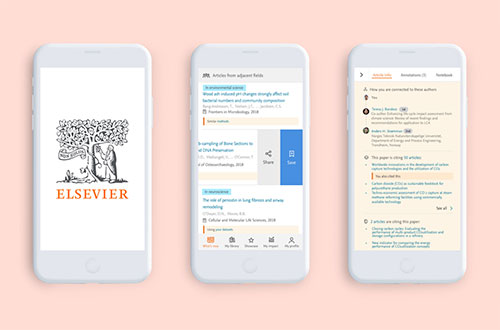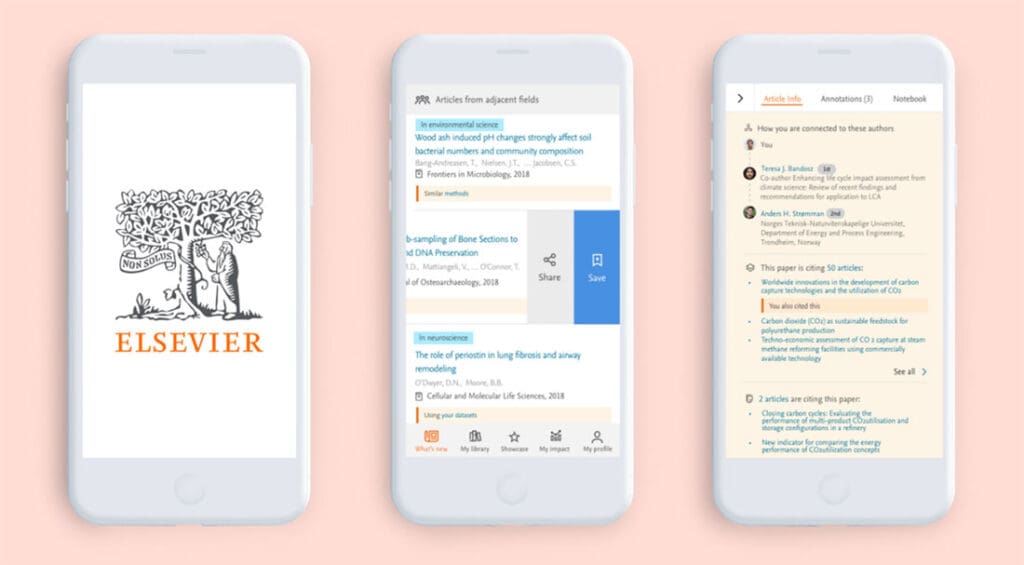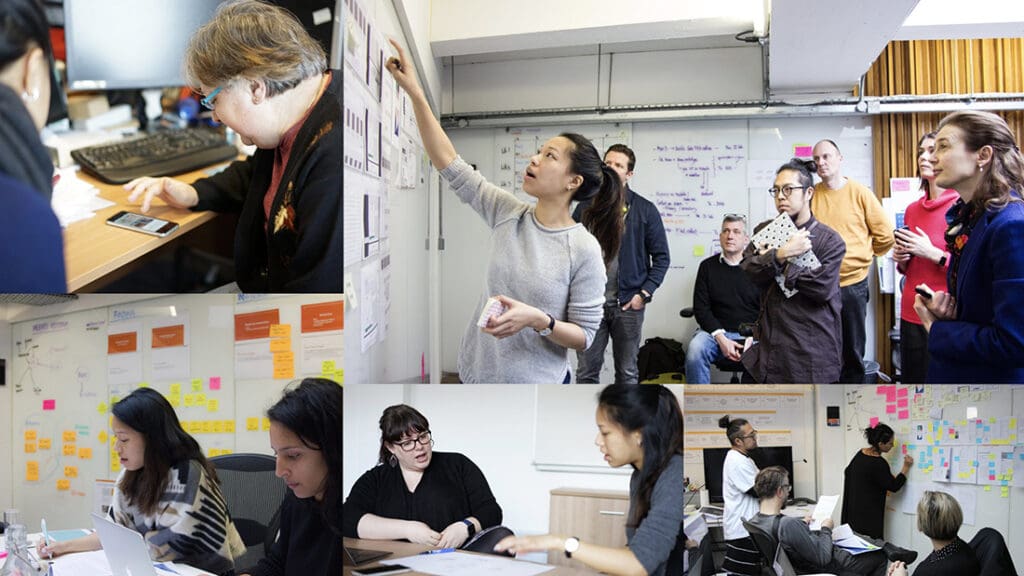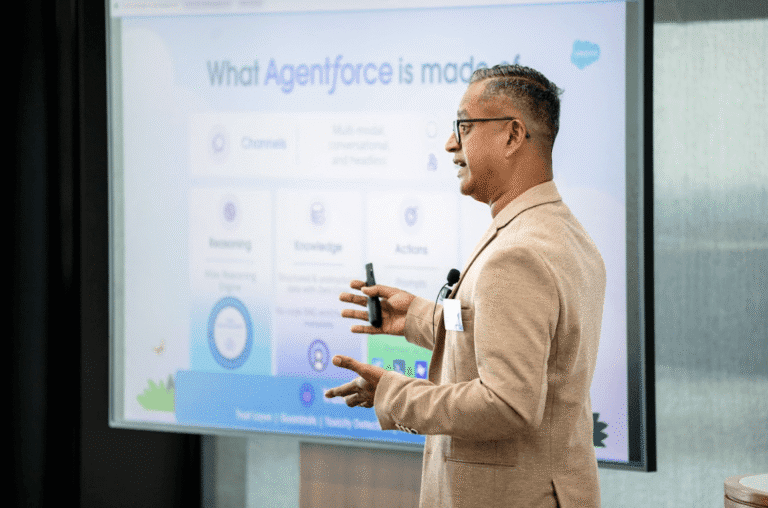- Services
Technology Capabilities
Technology Capabilities- Product Strategy & Experience DesignDefine software-driven value chains, create purposeful interactions, and develop new segments and offerings.
- Digital Business TransformationAdvance your digital transformation journey.
- Intelligence EngineeringLeverage data and AI to transform products, operations, and outcomes.
- Software Product EngineeringCreate high-value products faster with AI-powered and human-driven engineering.
- Technology ModernizationTackle technology modernization with approaches that reduce risk and maximize impact.
- Embedded Engineering & IT/OT TransformationDevelop embedded software and hardware. Build IoT and IT/OT solutions.
- Industries
- GlobalLogic VelocityAI
- Insights
BlogsDecember 16, 2024Gene LeybzonAccelerating Digital Transformation with Structured AI Outputs
This code produces the following output that can be imported into the candidate trackin...
 BlogsOctober 30, 2024Yuriy Yuzifovich
BlogsOctober 30, 2024Yuriy YuzifovichAccelerating Enterprise Value with AI
Discover how financial services integrations are transforming from standalone offerings...

- About Us
Press ReleaseGlobalLogicSeptember 23, 2025Hitachi agrees to acquire German data and AI services firm ...
Strengthening GlobalLogic’s data and consulting capabilities and expanding footprint in...
 Press ReleaseGlobalLogicSeptember 10, 2025
Press ReleaseGlobalLogicSeptember 10, 2025GlobalLogic and Ericsson Deploy Private 5G Network at Hitachi ...
The new infrastructure is the digital backbone of the Hagerstown plant, enhancing effic...

- Careers
Case StudiesElsevier
Share

Elsevier is a global information analytics business specializing in science and health. Combining content with technology, supported by operational efficiency, Elsevier helps institutions and professionals turn information into actionable knowledge, improving performance for the benefit of humanity.
Following a period of acquisition and growth, the time was right for Elsevier to take a holistic view of their offering. With disruptions in the research and scientific community including the rise of Open Science, free access, and free tools, Elsevier’s challenge was to leverage their existing suite of products, content, capabilities, and data to create a product that adds substantial value to researchers, funders, and stakeholders.
Through its experience design arm, Method, GlobalLogic designed a new product experience that manifests Elsevier’s updated value proposition and better supports the research community and its processes. This new platform and portal leverages Elsevier’s existing suite of products, content, capabilities, and wealth of data to create a smarter system that not only supports but anticipates the needs of various research facets.

Designing with Real Data
Designing with real data was a key component of this project since the target audience was very attuned to academic material and were easily distracted by placeholder content or inaccurate text and numbers.Designing with realistic data had its set of challenges. It takes time to gather data and ‘anonymize’ it. We created simple frameworks to facilitate data collecting and streamlined the process internally to make sure we could easily swap data sets to generate a prototype for each scientific domain with minimum effort. The end prototype was built entirely with real content and its fidelity was also tested to ensure the right level of information was shown.

Inclusive, Collaborative Process
The project had eight key stakeholders – each a subject matter expert in a different segment of academia (researchers, institution managers, funding bodies). At the start of the project, their vision was disjointed and early conversations highlighted gaps and divergent agendas.
By inviting all key stakeholders to actively take part in our process of discovery, exploration, definition, and refinement, and by sharing the progress and insights to all at every key stage of the project, we created alignment on the vision and experience.
Related Content
BlogsGlobalLogic3 December 2025Webinar Recap: From Reach to Relevance: Reinventing Ad Services
Cloud Platforms - HyperscalersData EngineeringGenAIIT/OT TransformationProfessional ServicesMedia and Entertainment White PapersGlobalLogic27 November 2025
White PapersGlobalLogic27 November 2025Agentic AI Architecture: How to Engineer Intelligent, Autonomous Enterprise ...
Discover how GlobalLogic helps enterprises move beyond modernization with governed Agentic AI ecosystems. Learn how to engineer an agentic fabric that delivers measurable outcomes with safety, scale, and interoperability.
Agentic AICross-Industry White Papers13 November 2025
White Papers13 November 2025Agentic Automotive in Focus: Top AI Trends from Dreamforce 2025
Dreamforce 2025 marked a turning point for enterprise AI, signaling...
Agentic AIEnterprise AIMobility Get in touch
Get in touchLet’s start engineering impact together.
GlobalLogic provides unique experience and expertise at the intersection of data, design, and engineering.
 How can I help you?
How can I help you?
Hi there — how can I assist you today?
Explore our services, industries, career opportunities, and more.
Powered by Gemini. GenAI responses may be inaccurate—please verify. By using this chat, you agree to GlobalLogic's Terms of Service and Privacy Policy.
